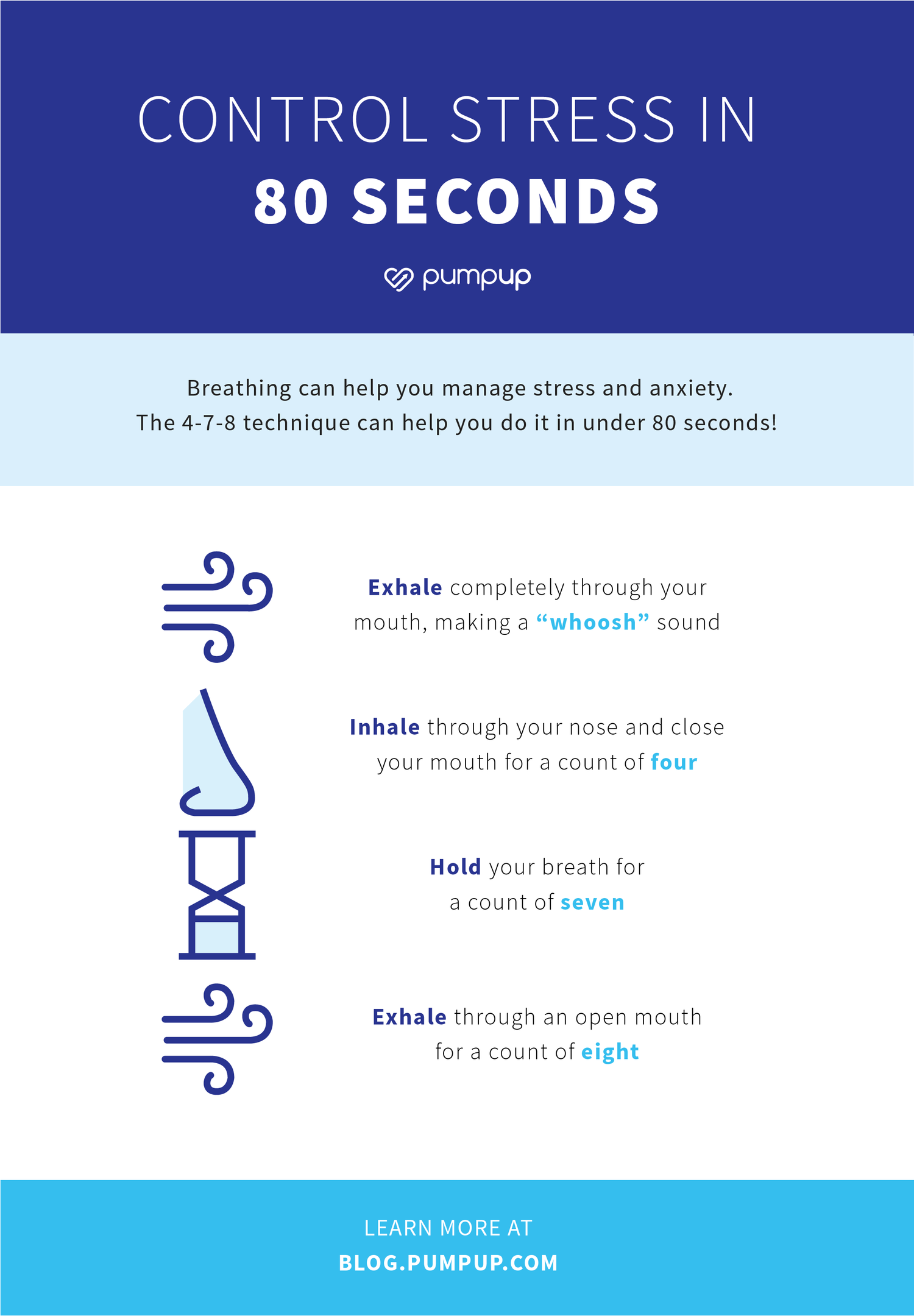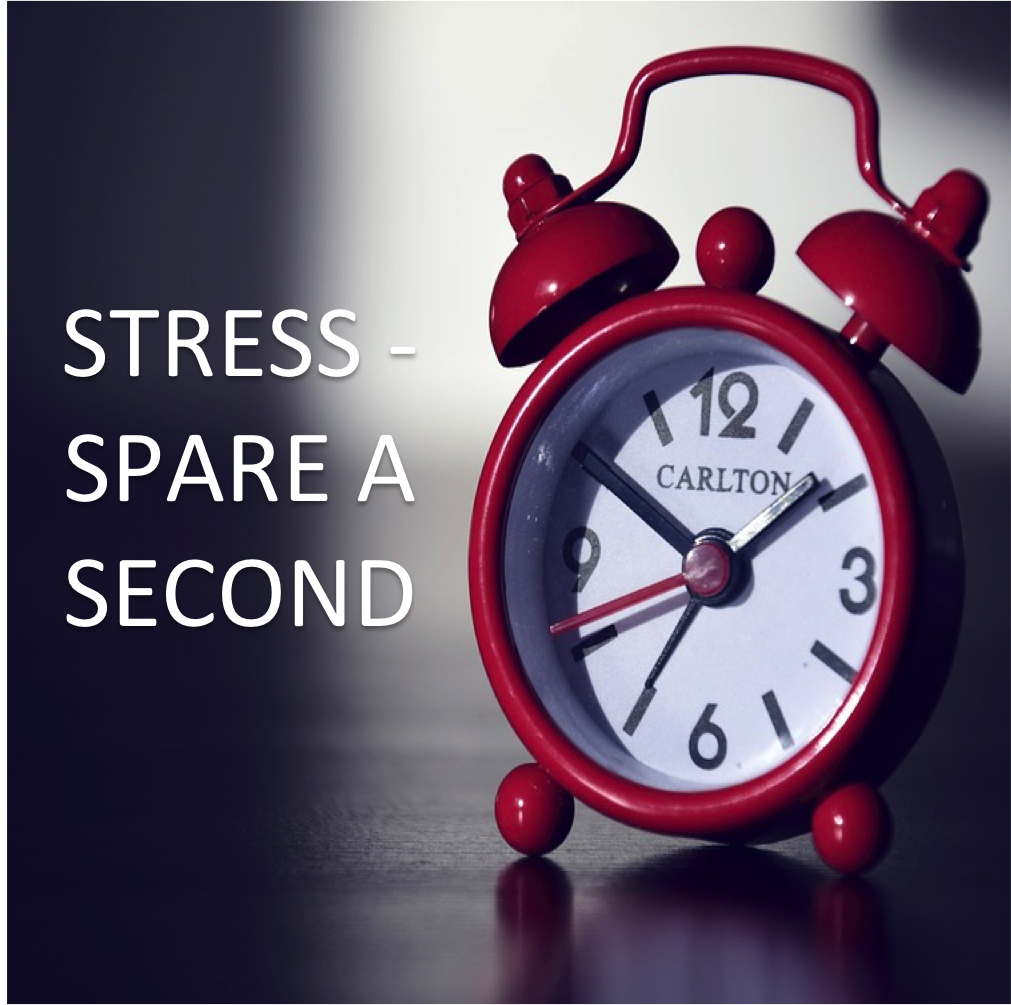Ever been in a situation where your heart is racing? You can hear the sound of your pulse in your ears, you feel light-headed or dizzy… and it’s not because a lion was chasing you.
Most of us are well versed in regular encounters with stress. Whether it is a deadline at work, a conflict with a colleague, or a presentation to some senior executives, we’ve all been faced with a challenging situation that sends our mind and body into overdrive.
It’s important to understand the underlying triggers and the way our body operates in order to best deal with and manage our stress. Now, this is going to dive into a little bit of surface level biology but stay with me its quick!
How Your Body Responds to Stress
The autonomic nervous system (ANS) is responsible for all the involuntary functions of the body, like breathing, blood pressure, heart rate, and the release of hormones. Within this system, there are two subdivisions responsible for keeping our body in homeostasis (or balance). These are the sympathetic nervous system (SNS), which is responsible for our ‘fight or flight’ response, and the parasympathetic nervous system (PNS), regulating the ‘rest and digest’ operations.
This system equipped human beings well for dealing with a threatening situation. If under attack, the SNS system switched on and triggered a release of cortisol (the stress hormone), increased the heart rate, and shortened our breathing, all in preparation to fight or flight from the situation.
Unfortunately these days, we no longer go through the physical ‘fight or flight’ stages, and the absence of these motions prevents our bodies from returning to the PNS system once the threat has passed. To make matters worse, our bodies are not designed to stay in SNS for prolonged periods of time.
Our modern way of life has us constantly stressed and stuck in the SNS system. As a result, we are seeing the major impacts that stress has on the body as one of the main contributors to the chronic disease epidemic.
How One Breathing Technique Can Help You Cope
So what can we do about it? Breathing is one of the best ways to help our bodies return to the PNS system and thus manage stress and anxiety. The 4-7-8 technique from Dr Weils can help you do it in under 80 seconds! Let’s give it a try:
Start by exhaling completely through your mouth, making a “whoosh” sound (this is what you’ll do with all of your exhales!):
1. Close your mouth and inhale quietly through your nose to a mental count of four.
2. Hold your breath for a count of seven.
3. Exhale completely through an open mouth to a count of eight.

That is one cycle of breath. Take a second in between if you need, and repeat the cycle three more times for a total of four breathes. With that one-second break, you have a total time of 80 seconds to move your body from the SNS to the PNS system. I think we can all spare 80 seconds to achieve this wonderful result.
This type of breathing acts as a natural tranquilizer for the nervous system. This isn’t like a pill that you can take and have a one off hit, as the effects are subtle at first but gain power from repetition and practice. If you do this twice a day, and any time you’re feeling stressed or anxious, your body will start to learn how to spend more time repairing and digesting.
You can never do this too often, but don’t do more than four breath cycles at one time for your first month of practice as you may feel a little lightheaded (which is totally normal and will pass). You can build up to an 8-breath cycle after your first month.
There are not a lot of techniques that I can say have such a significant impact on your overall health, but this is one of them. It is an exercise that is so easy and I cannot recommend it highly enough. I do it every morning when I wake up, throughout the day when I’m faced with a challenging situation, and it’s a great tip to go off to sleep with. It has changed how I manage situations, it makes me a much calmer person, and makes falling asleep easy!


